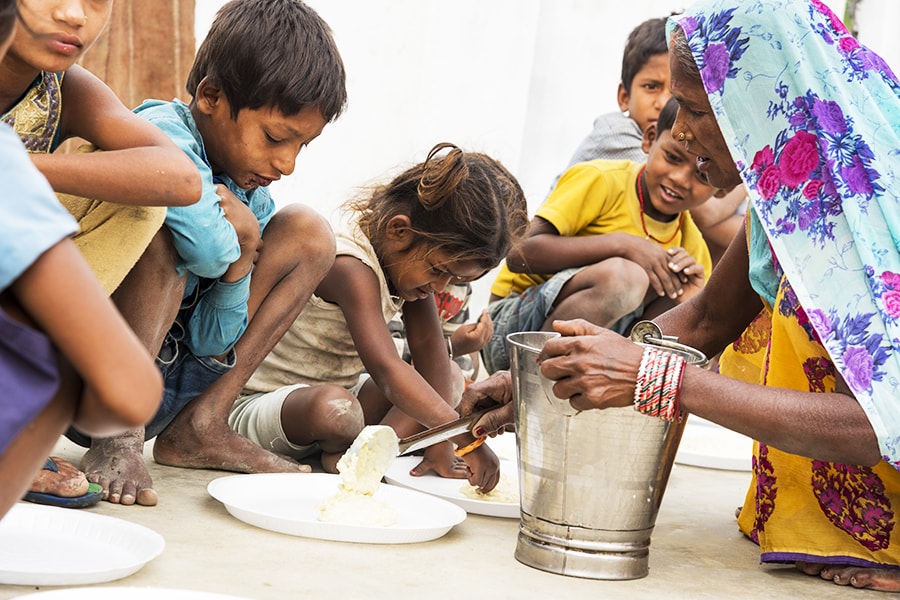
Does the consumption data say anything on poverty?
The NSSO numbers can be debated as there is no uniform way of measuring poverty. And there is still a lot of aggressive state support to ensure that people have access to all basic goods and services
 The consumption data of survey gives a very encouraging statistic relating to equality.
Image: Shutterstock
The consumption data of survey gives a very encouraging statistic relating to equality.
Image: Shutterstock
The National Sample Survey Office’s (NSSO) presentation on patterns of household consumption expenditure has quite expectedly led to a variety of interpretations and takeaways. While the survey results are objective in terms of putting together consumption patterns in rural and urban areas over a period of time, analysts have delved deeper into the numbers. A logical hypothesis here is whether these changes in patterns can be used to construct new price indices which are more contemporary. This can be debated. However, one interesting conclusion drawn is that it does show that poverty levels have come down sharply over time.
Poverty is globally defined as an income of $1.9 a day which will work out to around Rs160 a day. On a monthly basis, this will be Rs4,800. As consumption ratios are around 60 percent of total income, this would mean that the cutoff threshold should be around Rs2,880 per month. Given that the NSSO data says that the lowest 5 percent of rural population has consumption of Rs1,441 monthly, while the urban bottom 5 percent spends Rs2,087 per month, the reference could be to this segment. However, as can be seen from the numbers, the gap is still quite stark. In fact, the NSSO data also provides the MPCE (monthly per capita consumption expenditure) for different fractile classes and the bottom 30 to 40 percent group would touch this level in rural areas, while it would be the 10 to 20 percent group for urban areas. Hence, the World Bank criteria cannot be used here as a benchmark.
Interestingly, the Niti Aayog had worked out the multi-dimensional poverty ratios for India. According to a Discussion Paper, India had registered a significant decline in multidimensional poverty in the country—from 29.2 percent in 2013-14 to 11.4 percent in 2022-23, that is a reduction of 17.9 percentage points. This, however, never looked at income, but at 12 variables, as it was believed that what matters more is not just income but access to health, home, fuel, water, power etc. A large part of this access was provided through special schemes by the government that brought about reduction in multi-dimensional poverty. Hence the poverty ratio of less than 5 percent would not fit in with this criteria again.
The complexity here is that the issue of poverty is quite an amorphous concept as there is no uniform way of measuring the same. Even the World Bank criteria can be debated as the number of $1.9 a day cannot be a yardstick across all countries given the differing purchasing power of various currencies. The 5 percent figure would work only if one goes by the NREGA wage which is around Rs250 a day for a family of five where a monthly per capita income would be around Rs1,500.
Also read: International Day Of Eradication Of Poverty: Is A Poverty-free Country Possible?







